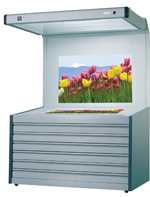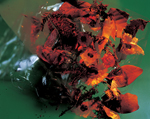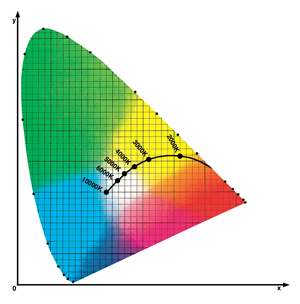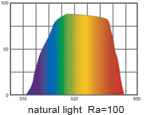- Mobile: 13723487970
- Tel: (0086)-755-86354829
- Call Me:
 Lina
Lina

The standard sources term explaining in detail
The standard sources term explaining in detail
As we all know, one cannot observe colors without observing light because colors do not exist without light. Natural light is the most ideal light source for color observation. But, restricted by time and place, people cannot engage in color matching under natural light all the time. Under most circumstances, they have to rely on artificial light source. When using artificial light source to observe colors, we often encounter the following phenomenon: two subjects appear to be identical in color under one artificial light source, but completely different under natural light (or another artificial light source). This phenomenon is known as metamerism of objects in physics.
To overcome the influence of metamerism on product quality during the process of color reproduction, International Standard Organization(ISO) and National Quality and Technology Monitoring Bureau demands that color reproduction and matching industry, such as advertising, graphic arts, printing and manufacturing of inkjet and toner,have to use standardized lighting condition for color observation. As a result, ISO especially came up with a regulation in 2000, i.e. ISO3664:2000, regulating in details the requirements for artificial spectrum used in standardized lighting condition, the brightness of the light source and the surrounding environment.
|
1.Spectrum requirements for light source According to ISO3664:2000, ordinary fluorescent tubes definitely cannot provide lighting for color observation. Only special fluorescent tubes that meet the following technical requirements can be used.
|
observing effects under natural light |
observing effects under artificial light |
|
2.Brightness of the light source Observing the color of an object needs certain amount of light. We can image that nothing can be seen inside a completely dark room. According to ISO3664:2000:
|
suitable brightness |
low brightness |
|
3.Surrounding environment of the light source Observing colors not only needs a standardized light source and appropriate brightness, but also has critical demands for the surrounding environment.
|
observation condition for transmissive objects |
observation condition for reflective objects |
|
4.Evenness of the light source It is impossible to shine light evenly and modestly on the object surface with only a few tubes. In other words, standardized viewing light source must have scientifically designed light-containing system in order to ensure that light from the fluorescent tubes can be shone as evenly as possible on the object surface without glare or shine.
|
| |
|
5.*Color Temperature (K) Color temperature refers to the temperature to which one would have to heat a theoretical black body to produce light of the same visual color. Its unit is Kelvin (K). Higher K value implies colder color (more blue); lower K value implies warmer color (more red). 5000k (D50)
|
Color temperature diagram
| |
|
6.**Color Rendering Index (Ra) Ra is a measure of the average appearance of eight standardized colors chosen to be of intermediate saturation and spread throughout the range of hues.
|
| |
 Prev: Specialist Areas-Color Matching/Assessment
Prev: Specialist Areas-Color Matching/Assessment Next: INTEKE Color Matching Box, Color Matching Light Box, Color Viewing Booth
Next: INTEKE Color Matching Box, Color Matching Light Box, Color Viewing Booth
Hot news
- Specialist Areas-Color Matching/Assessment
- Colour Vision Testing
- Want to learn more?
- Understanding light sources
- Colour
- The definition of international standards for light source
- Why A Color Viewing Booth May Be The Best Way To Match Color
- INTEKE Color Matching Box, Color Matching Light Box, Color Viewing Booth










